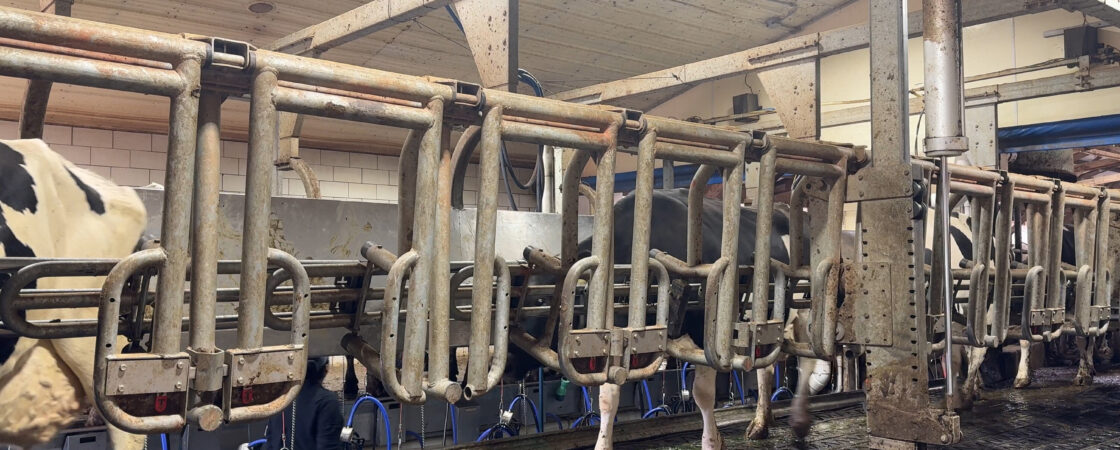After bird flu affected the country’s dairy farms, it rapidly spread. Since March, over 700 herds in 15 states have been infected by the virus. It has also affected at least 58 individuals, most of whom are farm workers. In the past few months, the number of cases in cows and humans has surged quickly in California, which is now the center of the outbreak. Initially, experts were concerned that the virus might be transmitted through small airborne droplets released by cows. However, data strongly indicates that the H5N1 virus has mostly spread through milk. It multiplies rapidly in the udders of infected cows, leading to milk with extremely high levels of the pathogen. Milk droplets can hit dairy workers in the face, and equipment and vehicles covered in milk can carry the virus from one cow to another. Despite pasteurization being effective in killing the virus, it was recently found in samples of raw milk sold in California. These discoveries, along with an increase in human cases, have raised concerns among experts about the escalating public health risk and the possibility of Robert F. Kennedy Jr. becoming the head of the Department of Health and Human Services. Mr. Kennedy openly supports and claims to be a consumer of raw milk, expressing a desire for federal researchers to pause their studies on infectious diseases. He believes that, in theory, a virus transmitted through milk would be easier to manage than one that spreads through the air without being seen. However, an examination of the contemporary dairy industry shows that the spread of milk-related issues is highly concerning.




